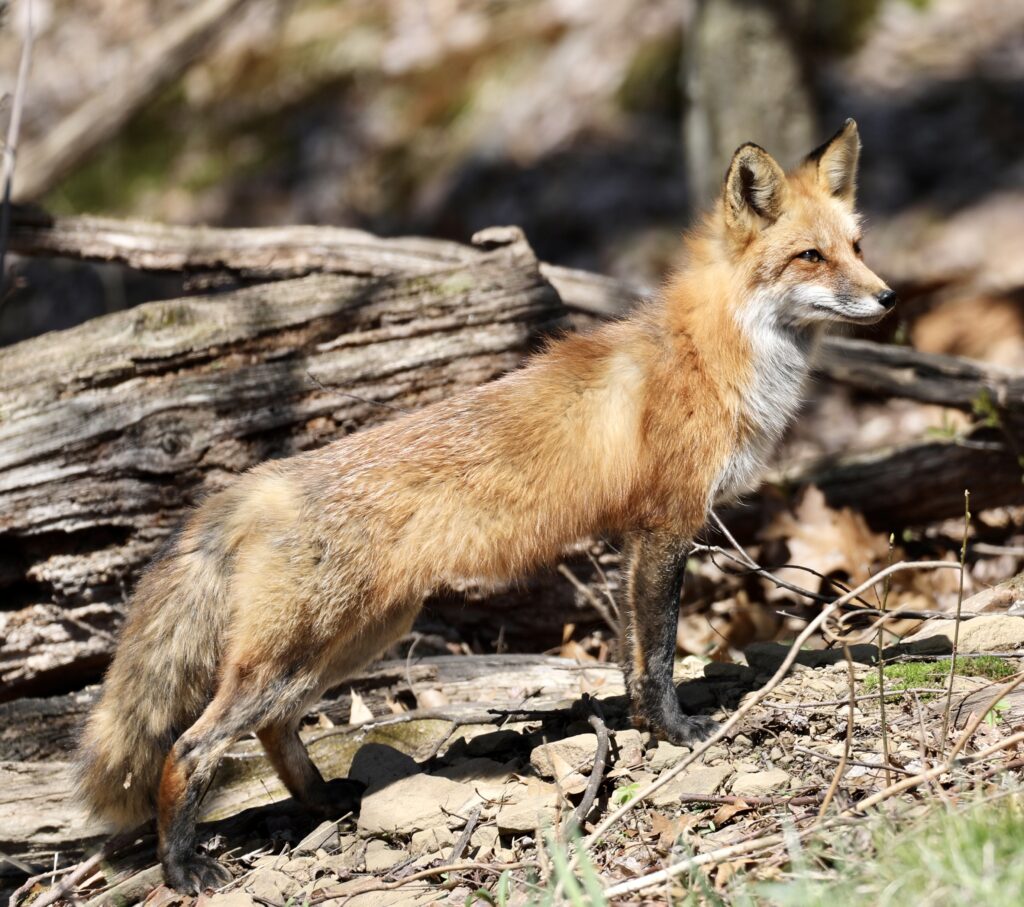Overview of State Wildlife Management
The components of state wildlife management vary in detail by state but share some broad similarities. Every state has a wildlife agency that is either a standalone entity or part of a larger natural resources or environment department. In most states, there is an appointed wildlife commission that either oversees or advises the wildlife agency. Funding for the wildlife agency generally comes from four broad sources: 1) the sale of hunting and fishing licenses; 2) federal grants under the Federal Aid in Wildlife and Sportfish Restoration program (aka Pittman Robertson and Dingell Johnson); 3) general funds; and, 4) other sources.
Learn more:
- State Wildlife Agencies: All the states have an agency responsible for wildlife management. Twenty three states have a standalone wildlife agency. Three states have a standalone agency responsible for both wildlife and state parks. Twenty four states have a wildlife agency that is part of a larger natural resources or environmental department.
- State Wildlife Commissions: In almost every state, there is an appointed volunteer commission, sometimes called a board (e.g. VT) or council (e.g. OH) that either oversees or advises the wildlife agency. Three states (MN, CT, RI) do not have wildlife commissions.
- State Wildlife Funding: Funding for state wildlife agencies comes from four main sources: 1) license fees; 2) federal grants; 3) general funds; and 4) other sources. The relative contribution of these sources varies widely by state.
The components of state wildlife management vary in detail by state but share some broad similarities.
